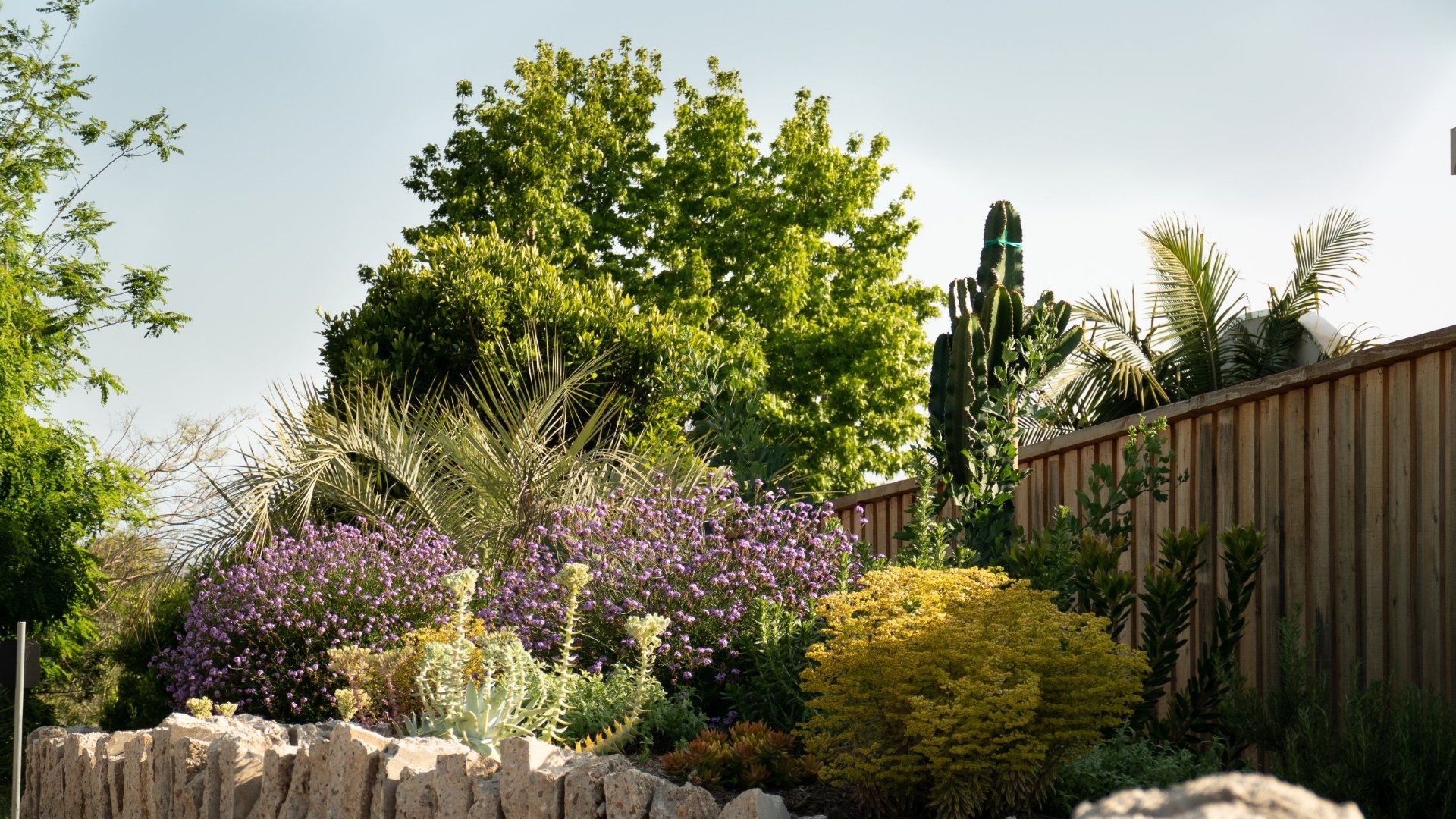
Welcome To The Blog
Just Say Not To Artificial Turf
Although an even carpet of emerald green lawn seems like an appealing and simple solution to create a “place to be”. Unfortunately, lawns are also thirsty, high maintenance, and require a lot of chemicals to look their best. Some homeowners may choose to substitute their grass with artificial turf—believing it to be a comparable, water-wise alternative—but this is not the ecologically-friendly option it appears to be at first glance.
Watershed Wise Landscape Architecture
In nature, when rain falls or snow melts, gravity draws water downhill, creating creeks and streams and eventually flowing into larger bodies of water, including lakes, bays, and oceans. Along the way, water is slowed and absorbed in minor depressions in the soil. Plants then receive the water they need to thrive—creating forage and habitat for local fauna and modulate temperature—increasing the chances of future rainfall. Soil and plant roots also filter water, replenishing aquifers and waterways with clean water. If we consider our built environment as an element of the watershed, we can live in harmony with natural processes.


